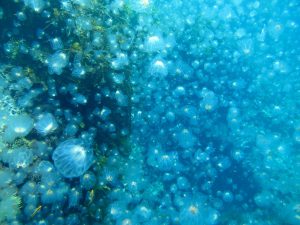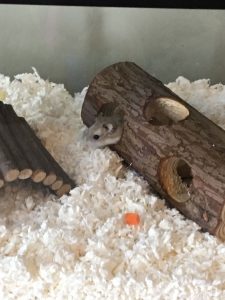Introduction
This animal is one of the oldest species on Earth. In fact, it is 550 million years old! This animal lives in the ocean, has an umbrella like head, and HAS NO BRAIN OR NERVOUS SYSTEM! You guessed it! It’s a jelly fish!
Jelly fish live in every ocean of the world and are classified as an invertebrate. They live about one year in the wild and can range anywhere from 2 centimeters, to 2 meters! There are about 2,000 species of jelly fish known to us today!
Diet
Because of the emense amount of sub species of jelly fish, their diets can be very different. Most commonly, they will eat things like fish, shrimp, and crabs. But some jelly fish eat plants and even other sub species of jelly fish!
Distribution
Jelly fish live in all oceans of the world. They are most heavily distributed in salt water, but certain types can live in fresh water. These jelly fish are called hydrozoans, but not all hydrozoans live in fresh water.
Fun Facts
1. Jelly fish are plankton, meaning they drift and float around because they are not strong swimmers!
2. Some jelly fish are as big as a human, and some as big as a pin head!
3. In some parts of the world, a million jelly fish can come together in a bloom!

A bloom of jellyfish, Phys.org




